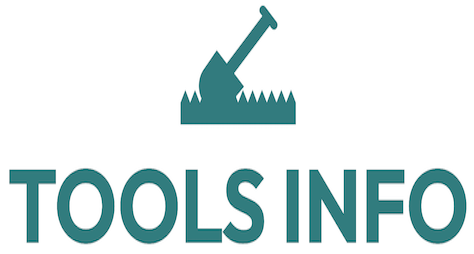Top Safety Checklist Before Operating a Table Saw
Top Safety Checklist Before Operating a Table Saw is essential knowledge for any woodworker or DIY enthusiast to maintain a safe and productive work environment. Table saws are powerful tools that, if used incorrectly, can cause serious injuries. This guide provides a comprehensive safety checklist to help you prepare properly and avoid accidents.
Understanding the Importance of a Safety Checklist
Operating a table saw without following a proper safety checklist increases the risk of personal injury and damage to materials or the tool itself. Having a standardized safety routine helps reduce human error, ensures all safety mechanisms are functioning, and promotes confidence during use.
Key Components of the Top Safety Checklist Before Operating a Table Saw
1. Personal Protective Equipment (PPE)
- Eye Protection: Always wear safety goggles or glasses to protect from flying debris.
- Hearing Protection: Use earplugs or earmuffs to safeguard your hearing from prolonged noise exposure.
- Suitable Clothing: Avoid loose clothing, dangling jewelry, and tie back long hair to prevent entanglement.
- Gloves: Generally avoid gloves while operating the saw, as they may catch on the blade, but consult your specific safety guidelines.
2. Inspect the Table Saw Before Use
- Blade Condition: Check the blade for sharpness and any damaged or missing teeth to ensure clean cuts and prevent kickback.
- Blade Guard and Splitter: Confirm that the blade guard, riving knife, and splitter are properly installed and functioning.
- Power Cord and Switch: Look for fraying or exposed wires, and ensure the power switch operates smoothly.
- Fence and Miter Gauge: Verify that both are secure and aligned correctly to maintain accurate cuts.
- Dust Collection: Check that any dust extraction system is connected and working efficiently to reduce airborne particles.
3. Workspace Preparation
- Clear Area: Keep the work area free of clutter, tools, and scraps that could obstruct movement or cause tripping.
- Proper Lighting: Ensure there is adequate lighting to see all cutting lines and safety features clearly.
- Stable Surface: Confirm that the table saw is on a stable, level surface to prevent shifting during operation.
4. Correct Saw Setup
- Blade Height: Set the blade height so that it extends about a quarter inch above the wood surface to maximize control and reduce kickback risk.
- Blade Alignment: Make sure the blade is parallel to the fence to avoid binding or kickback.
- Fence Positioning: Adjust the fence precisely to the desired cutting width, locking it securely.
Practical Tips for Safe Table Saw Operation
- Use Push Sticks and Featherboards: These tools keep your hands away from the blade during narrow cuts or repetitive feeds.
- Stand to the Side: Avoid standing directly in line with the blade to reduce injury from potential kickback.
- Feed Wood Slowly and Steadily: Avoid forcing the material; maintain a smooth, consistent feed rate for better control.
- Disconnect Power Before Adjustments: Always unplug the saw before changing blades, adjusting fencing, or performing maintenance.
Pros and Cons of Following a Safety Checklist
Pros
- Minimizes risk of accidents and injuries.
- Prolongs the lifespan of your table saw through proper maintenance.
- Promotes efficient and precise woodworking by ensuring the saw is properly set up.
- Builds good habits for safe tool operation.
Cons
- Requires additional time to thoroughly inspect and prepare before each use.
- May involve extra equipment or tools (such as push sticks or guards), which need to be purchased and maintained.
Frequently Asked Questions About Table Saw Safety
Q1: Why is blade guard removal dangerous?
Removing the blade guard exposes the sharp blade, increasing the risk of accidental contact, flying debris, and severe injury.
Q2: How often should I inspect my table saw?
It’s best to inspect your saw before every use, paying close attention to safety features and blade condition.
Q3: Can I use the table saw without hearing protection?
Prolonged exposure to table saw noise can harm your hearing, so wearing hearing protection is strongly recommended.
Conclusion
Following the Top Safety Checklist Before Operating a Table Saw is essential to ensure a safe, efficient, and enjoyable woodworking experience. By consistently preparing yourself, inspecting your equipment, and maintaining an organized workspace, you can significantly reduce the risk of accidents. Safety should always come first when working with powerful tools like table saws.
Want to learn more? Click HERE to explore related guides.
